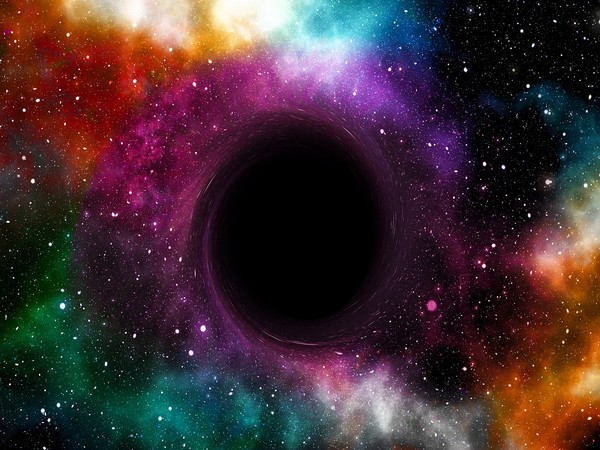

Powerful jets of a supermassive black hole change the conditions for star formation in interstellar clouds.
It is believed that supermassive black holes lie at the centres of most galaxies in our Universe. When particles that were infalling onto these black holes are trapped by magnetic fields, they can be ejected outwards and travel far inside galaxies in the form of enormous and powerful jets of plasma. These jets are often perpendicular to galactic disks. In IC 5063, however, a galaxy 156 million light years away, the jets are actually propagating within the disk, interacting with cold and dense molecular gas clouds. From this interaction, compression of jet-impacted clouds is theorized to be possible, leading to gravitational instabilities and eventually star formation due to the gas condensation.
For the experiment, the team used the emission of carbon monoxide (CO) and formyl cation (HCO+) provided by ALMA, and the emission of ionized sulfur and ionized nitrogen provided by VLT. They then used advanced and innovative astrochemical algorithms to pinpoint the environmental conditions in the outflow and in the surrounding medium. These environmental conditions contain information about the strength of the far-ultraviolet radiation of stars, the rate at which relativistic charged particles ionize the gas, and the mechanical energy deposited on the gas by the jets. Narrowing down these conditions revealed the densities and gas temperatures descriptive of different parts of this galaxy, which were then used to provide pressures.
“We have performed many thousands of astrochemical simulations to cover a wide range of possibilities that may exist in IC 5063” said co-author Dr. Thomas Bisbas, DFG Fellow of the University of Cologne and former postdoctoral researcher at the National Observatory of Athens. A challenging part of the work was to meticulously identify as many physical constraints as possible to the examined range that each parameter could have. “This way, we could get the optimal combination of physical parameters of clouds at different locations of the galaxy,” said co-author Mr. Georgios Filippos Paraschos, Ph.D. student at the Max Planck Institute for Radio Astronomy in Bonn and former Master’s student at the National and Kapodistrian University of Athens.
In fact, pressures were not just measured for a few locations in IC 5063. Instead, maps of this and other quantities in the center of this galaxy were created. These maps allowed the authors to visualize how the gas properties transition from one location to another because of the jet passage. The team is currently looking forward to the next big step of this project: using the James Webb Space Telescope for further investigations of the pressure in the outer cloud layers, as probed by the warm H2. “We are truly excited about getting the JWST data,” said Professor Dasyra, “as they will enable us to study the jet-cloud interaction at an exquisite resolution.”